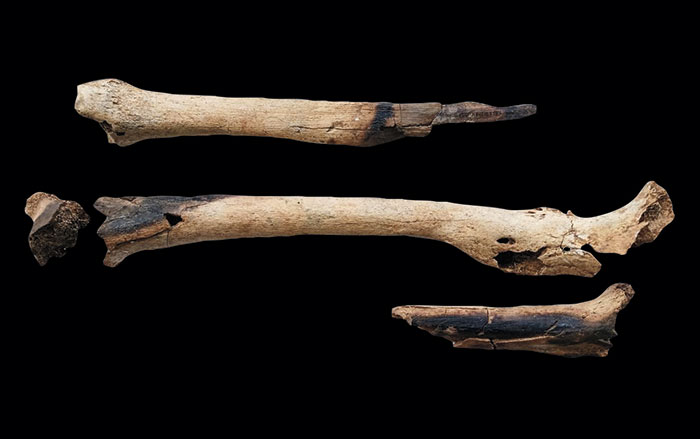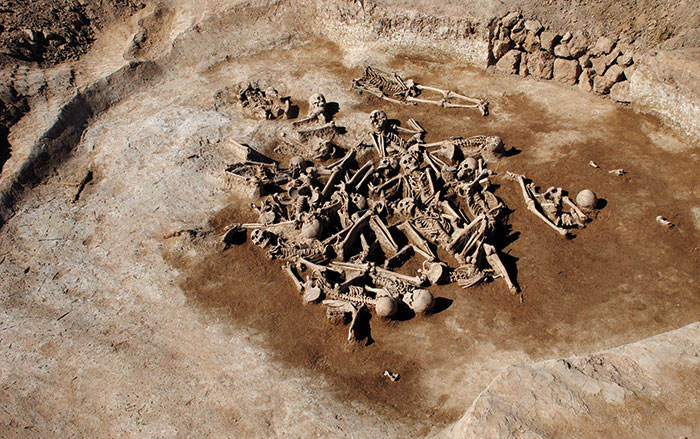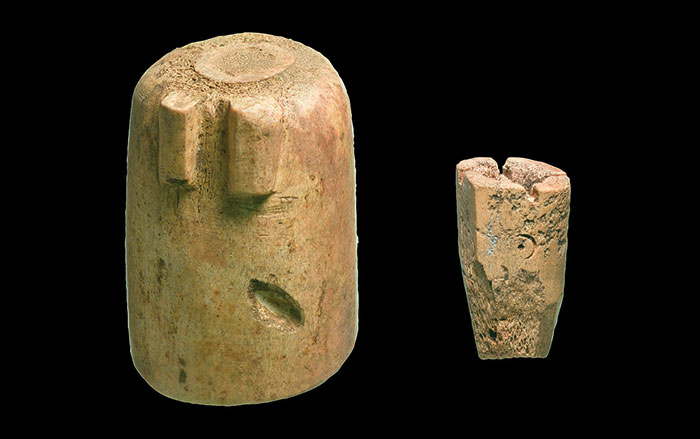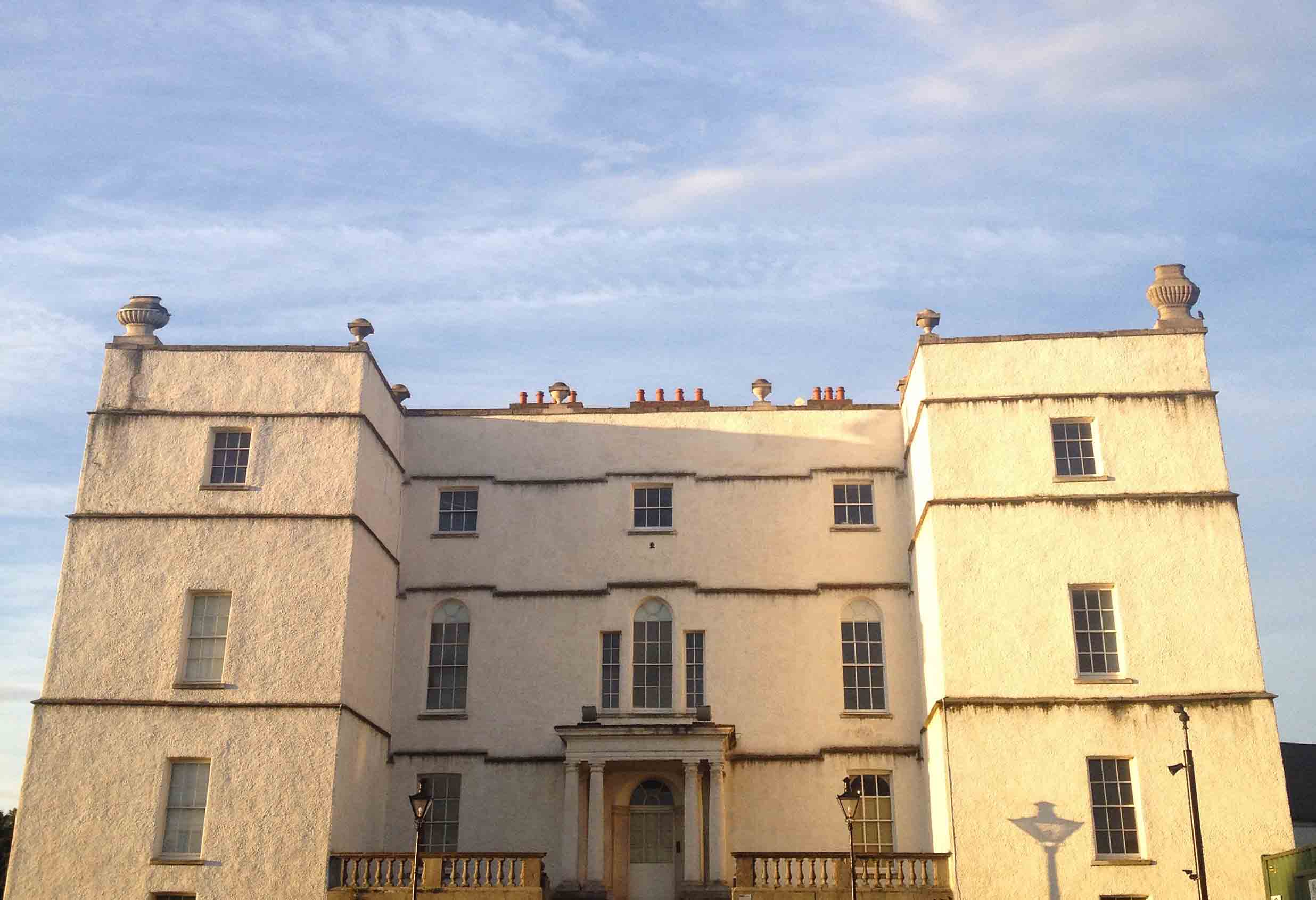Sanxingdui was a Bronze Age civilization that flourished in China’s fertile Sichuan Basin for several hundred years before mysteriously disappearing around 1100 or 1200 B.C. Around the same time, a similar civilization sprang up in Jinsha, some 30 miles from Sanxingdui. Experts generally accept that the Jinsha civilization is a continuation of the Sanxingdui culture, but have been puzzled by what prompted the move. War? Floods? Now, a Chinese scientist has argued that the actual cause was a massive earthquake that led to a landslide that diverted Sanxingdui’s primary water source so that it flowed past Jinsha instead.
Much of what is known about Sanxingdui civilization comes from two pits dating to around the time of its disappearance. The pits contained hundreds of jade, bronze, and ivory objects that had been ritually broken or burned and then buried, and their discovery in 1986 shook up the world of Chinese archaeology.
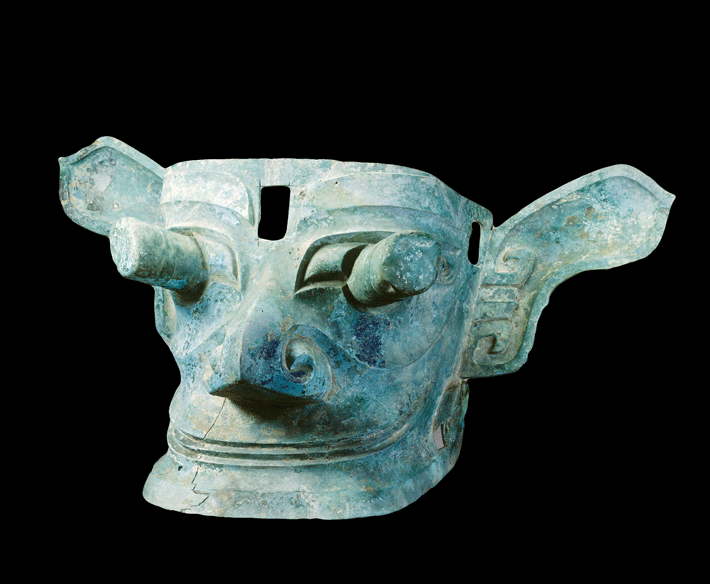
Although some jade and stone artifacts had been found in the area in 1929, experts had thought that sophisticated Chinese civilization at the time was centered along the Yellow River in the distant Central Plains region. But the pits, which yielded expertly worked bronze items, including several giant masks with strangely distorted features, made clear that the Sanxingdui civilization was quite advanced as well. In 2001, the Jinsha site, discovered within the modern-day provincial capital of Chengdu, was found to contain bronze items that share a similar artistic vocabulary.
Niannian Fan, a scientist specializing in rivers at Sichuan University in Chengdu, says his interest in the Sanxingdui-Jinsha puzzle was first piqued when he noticed that the ravines and beds holding a number of waterways leading to and passing the Sanxingdui site were much wider than their current rate of flow would suggest. It seems they had once held much larger rivers. After the devastating 2008 Sichuan earthquake, Fan hypothesized that another massive earthquake had struck the same area more than 3,000 years ago, causing a landslide high in the mountains that changed the course of the Minjiang River.
“The earthquake would not have destroyed Sanxingdui directly,” says Fan. “But the water level in Sanxingdui would have decreased sharply just one or two days after the earthquake.”
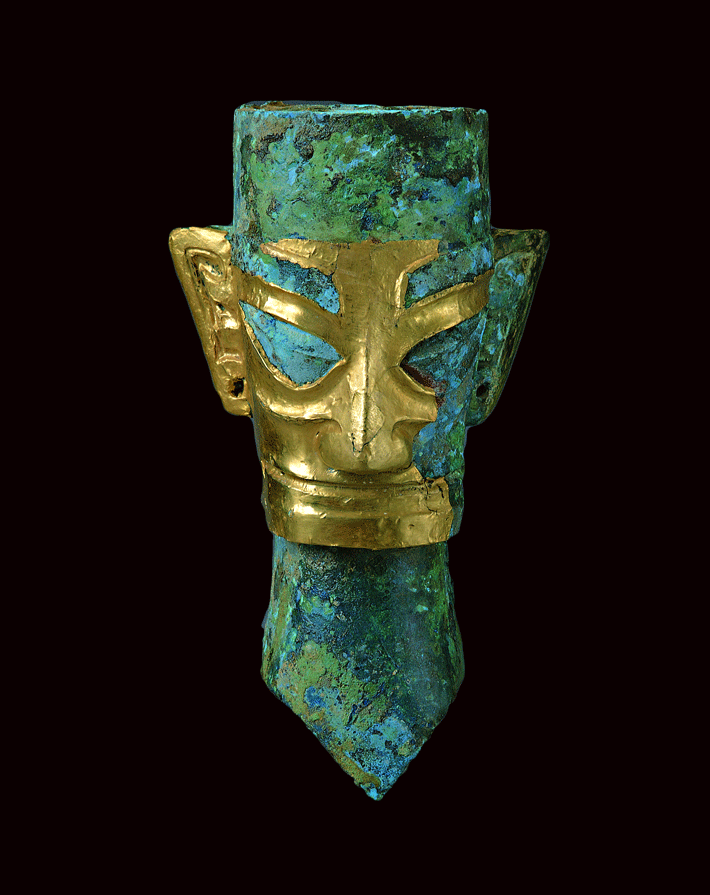
Fan has gathered preliminary evidence to back up his hypothesis. Using Google Earth, he found that a stretch of mountainous terrain through which the old river would have flowed on its way to Sanxingdui lacks signs of glacial erosion that should be present, suggesting that this section may have been covered up by a landslide. In addition, he notes, an ancient text records that an earthquake occurred in 1099 B.C. in the capital of the Zhou Dynasty in Shaanxi Province. This is around 300 miles from what he presumes to have been the quake’s epicenter, but its magnitude would have ensured it was felt there. (Neither the Sanxingdui nor the Jinsha civilization left any written records.)
Agnes Hsu-Tang, an archaeologist and host of the “Mysteries of China” series on History Channel Asia, believes that Fan’s hypothesis “is the most rational explanation [for the move from Sanxingdui to Jinsha] I have heard up to this point.”
Still, the earthquake and landslide hypothesis can’t explain why the broken and burnt objects were thrown into the pits at Sanxingdui around the time the site was abandoned. “These sacrificial pits might not have anything to do with the fleeing, but may have been a sacrificial ritual carried out regardless of the natural disaster,” says Hsu-Tang. “There is evidence suggesting that they did not do it in a hurry, that it was very deliberate, and that the objects were not meant to be recovered. And that’s what remains so mysterious.”






